Older people might say otherwise, but developing and creating art for video games is art in and of itself. After all, games can be a highly artistic experience too: look at indie titles like Gris, Abzû, and Journey.
However, when it comes to deciding which art style to pursue while designing a game, making a decision can be tough as there are numerous styles for both 2D and 3D games – many of which can work with a wide variety of genres and make for a multitude of experiences.
This is why we’re bringing you this post: we will explore 7 video game art styles for 2D games and another 5 for 3D games, giving you an overview of what makes each one unique and some well-known examples.
Let’s get started!
Seven 2D art styles for video games
1. Pixel art
A pixel, also known as a picture element, is the smallest controllable element of a picture. In most art styles, each game asset is composed (usually) by thousands of pixels as they have a high resolution. However, when it comes to pixel art, each asset is usually limited to hundreds of pixels, which the artist individually colors.
Pixel art is simple, yet nostalgic and extremely versatile, catering to almost every kind of gamer out there and fitting almost every game genre seamlessly. This makes it one of the most relevant art styles for 2D games in current days.
Examples of 2D pixel art games are Undertale, Noita, and To the Moon.
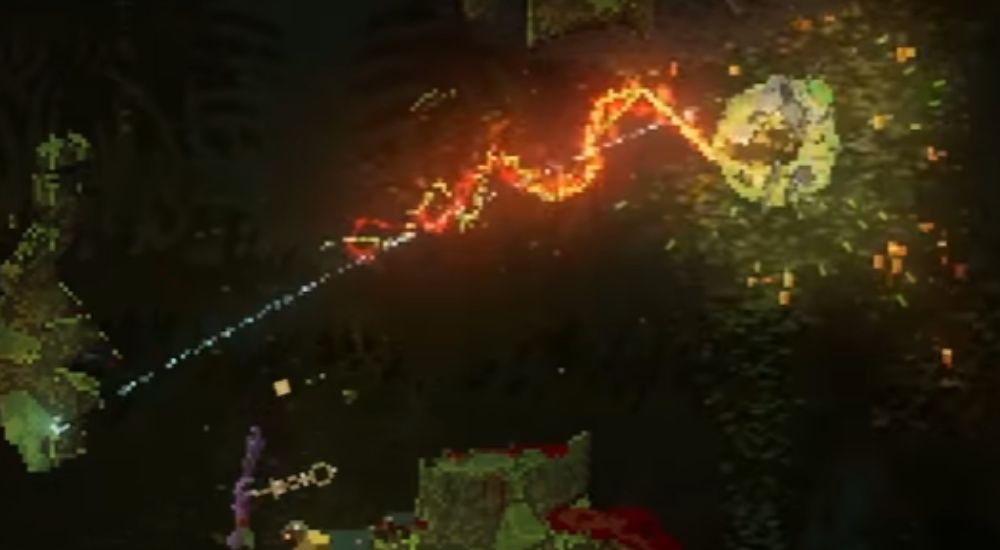
2. Cutout art
Mainly used in animation, the cutout art style is also an interesting choice for 2D games, in which they imitate drawings and painting on paper that are cut out and imported to another medium. Cutout assets can be imported from real-life drawings or created digitally before being imported into the game.
Examples of 2D cutout games are Paper Mario, Don’t Starve.
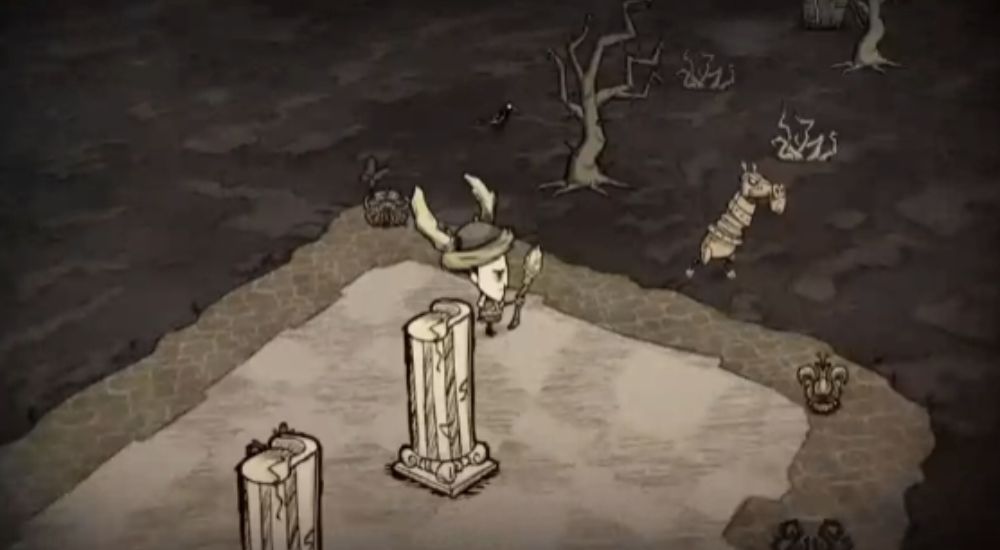
3. Vector art
Raster images are composed of pixels. If you zoom in enough, you will be able to see every single one of the pixels making up the image. Vector images are different: they are rendered by a computer based on lines and mathematical formulas for curved shapes.
The main advantage of vector graphics is that you can zoom in as much as you can without loss of quality, but they require special-purpose programs and aren’t as versatile as raster images. Vector graphics are best suited for 2D games with a limited color palette and simpler geometric shapes.
Examples of 2D vector art games: SteamWorld Heist, and The Banner Saga.
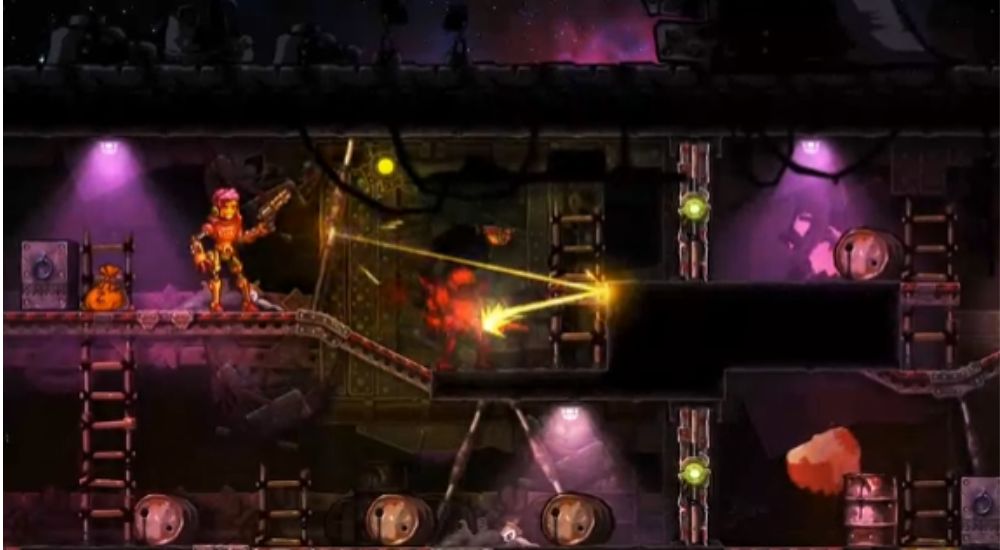
4. Noir/Monochromatic art
Noir (or noire) is the French word for the color black. Games following this art style are generally limited to black-and-white assets, but, with clever use of their shades and tints, it’s possible to create visually stunning games. In noir games, black is the color of choice for most assets, and the rest is differentiated by grayscale colors.
Like most things in real life, not everything is either black or white. Instead of having this gritty, noir atmosphere, some games instead limit themselves to 1 or 2 colors in their palette and are thus considered monochromatic games.
Examples of noir/monochromatic games: LIMBO, Minit, Inside.
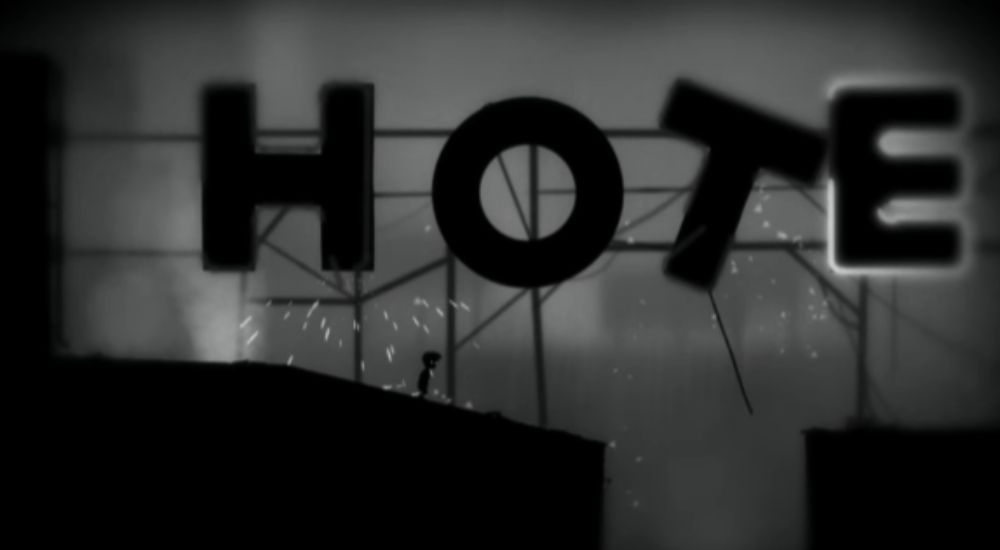
5. ASCII art
All visual elements in these games are created using only characters and colors. It sounds like a lie when you first hear it, but it’s possible to recreate everything using only those two elements. ASCII art allows you to create games that are very light to run but are usually limited to browser games.
Examples of 2D ASCII art games: A Dark Room, Candy Box 2.
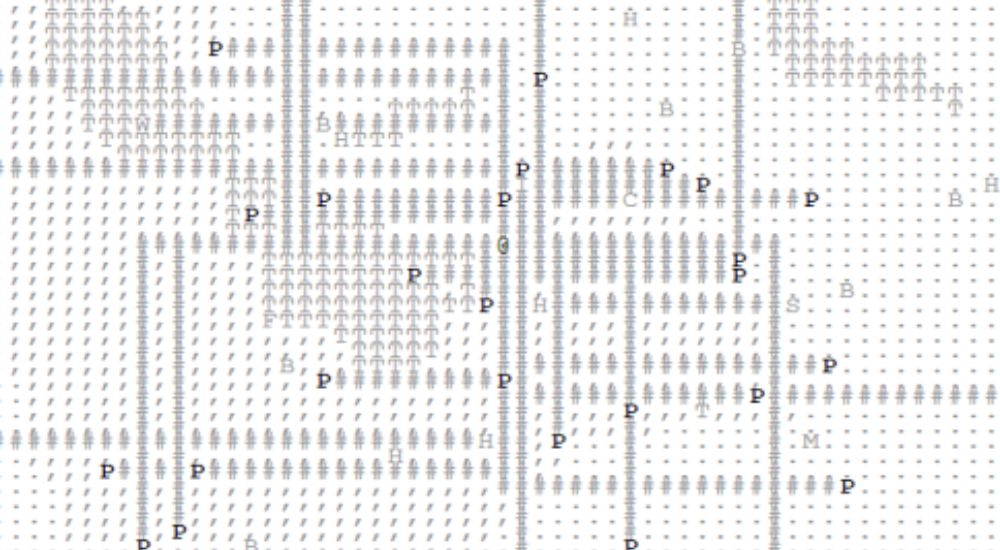
6. Cell-shaded art
In short, cel shading is all about making 3D models look and feel like flat, 2D images. This essentially removes their depth and only makes part of the object visible to players, but they get to keep their details. One of the most memorable cel-shaded games is Borderlands, a 3D game that helped popularize this art style.
Examples of 2D cel-shaded games: Klonoa 2: Lunatea’s Veil (it’s actually a 2.5D platformer)
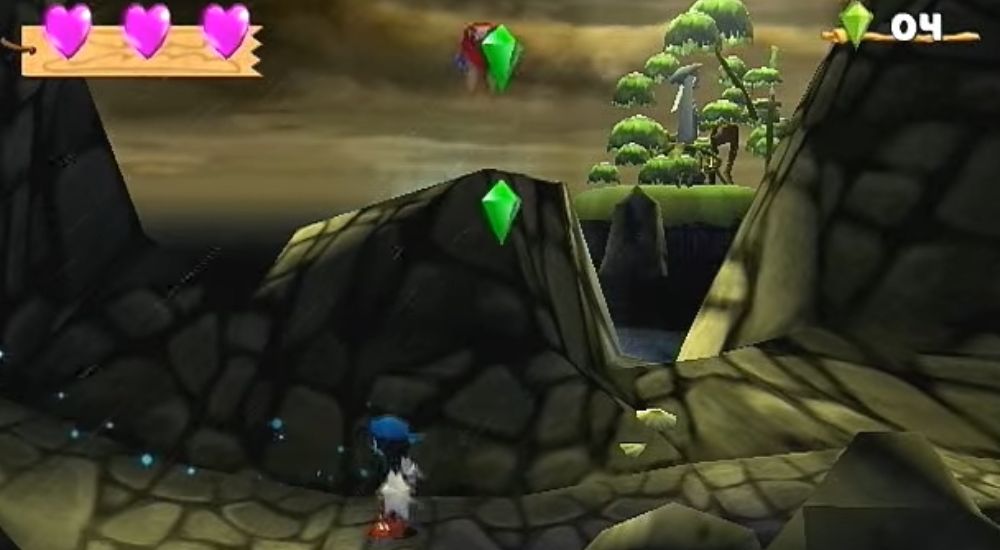
7. Flat art
Flat art is probably the easiest art style for game artists without much experience, allowing them to create assets without the need to consider volume and depth, which is attained through clever use of horizontal parallax and multiple layers of flat images.
For an art style so simple, the results can be stunning – especially when it comes to outdoor backgrounds. Alto’s Adventure is one of the most breathtaking 2D mobile games that follow this art style and its backgrounds are extremely pleasing.
Examples of 2D flat art games: Gravity Defied, Nidhogg, Alto’s Adventure.
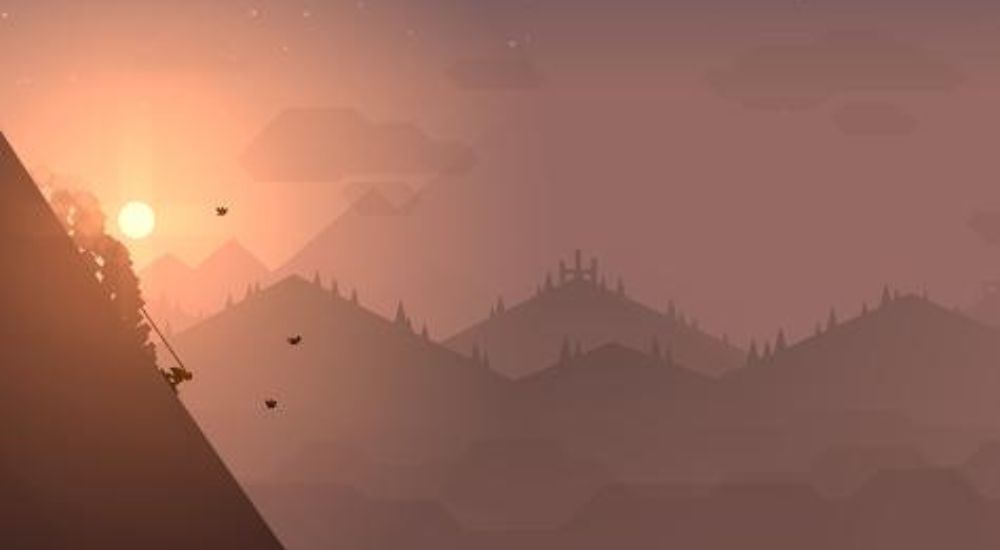
Five video game art styles for 3D games
1. Low poly
In low poly games, all 3D models look like they’re composed of polygons. It’s common for game artists to use a single flat color for each polygon and skip textures altogether. As such, low poly 3D games rely on shapes, materials, and proper lightning of their assets to represent depth and volume.
This art style is mostly used by indie developers as it’s cheaper and easier to make compared to more detailed, realistic assets, and it’s highly performant, allowing lower-end machines to run a game with no issues. Low poly is also used for 3D games where graphics aren’t as important as their mechanics, making it a suitable choice for puzzle, adventure and open-world games alike.
Example of 3D low poly games: Astroneer.
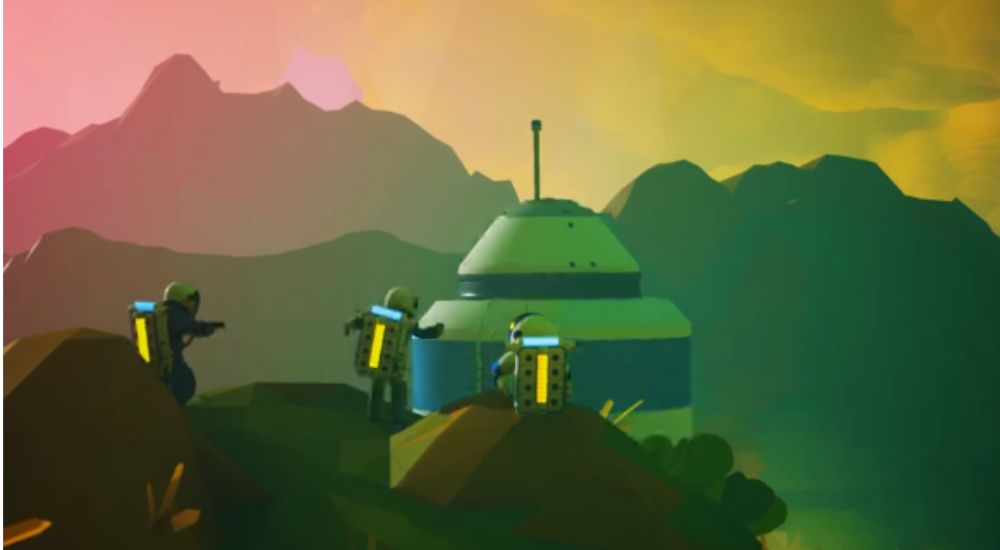
2. Anime
Characterized by exaggerated facial expressions, physical features, and gigantic eyes, this Japanese art style is instantly recognizable. Its unique feel and visuals are best suited for gacha, fighting, and fantasy 3D games, but there are many successful anime titles in other genres as well – Blade and Soul (RPG) and visual novels for example.
Examples of 3D anime games: Genshin Impact (one of the current top-grossing games) and Street Fighter.
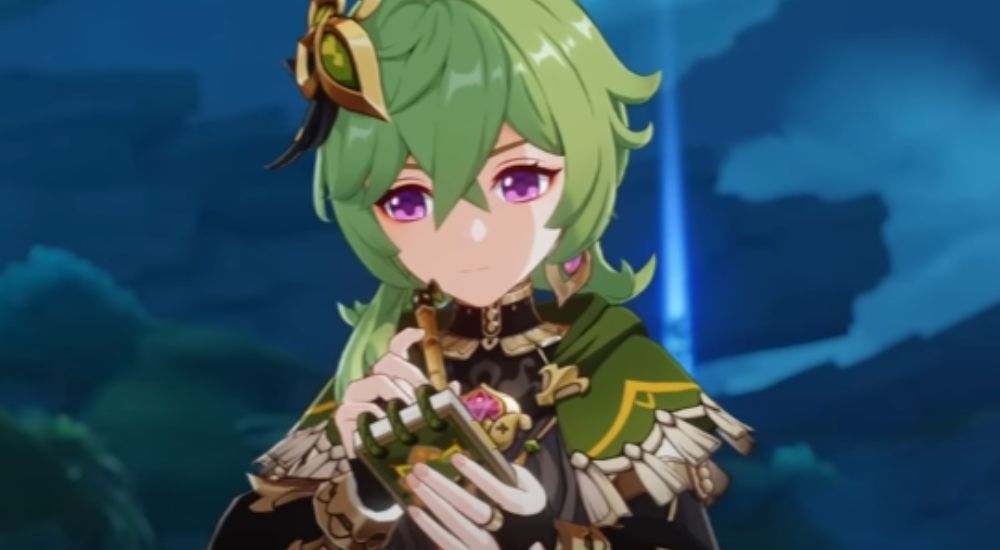
3. Stylized
This is one of the most popular art styles for 3D games. It might lack a clear definition, but stylized games offer a unique and aesthetically pleasing middle ground between realism and other styles. This is due to their clever use of non-realistic elements to convey motion and lighting. Think of Pixar animated movies, but in a gaming context.
You will find stylized games mostly in adventure and casual games as it passes a friendly first impression, making it a great choice for games aimed at the general population. So much so that this art style is used by solo developers and AAA game development studios alike – and they have all found great success with it.
Examples of 3D stylized games: Overwatch 2, Crash Bandicoot series.
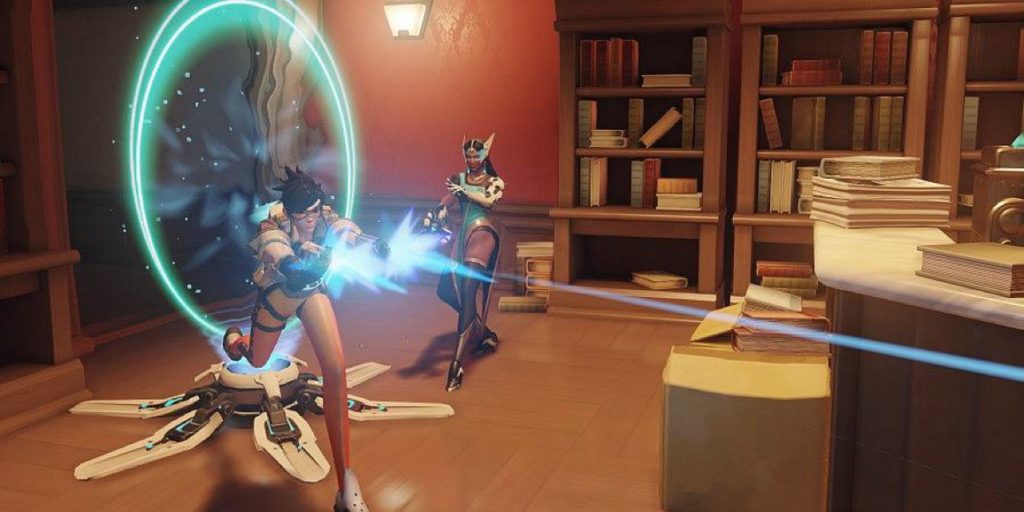
4. Photorealism
In short, photorealism is what happens when you take realism to the extreme. The goal of this art style is to create assets and models that look as lifelike as possible – sometimes even using real photographs to create textures.
Its main drawbacks include the need for a high-end machine to run those graphics and the time it takes to model, rig and animate 3D assets. However, when done right and the performance is just right, the results make our jaws drop to the floor. Photorealism is mostly used for architectural/engineering renders, training games and simulators.
Examples of 3D photorealistic games: Red Dead Redemption 2, Microsoft Flight Simulator.
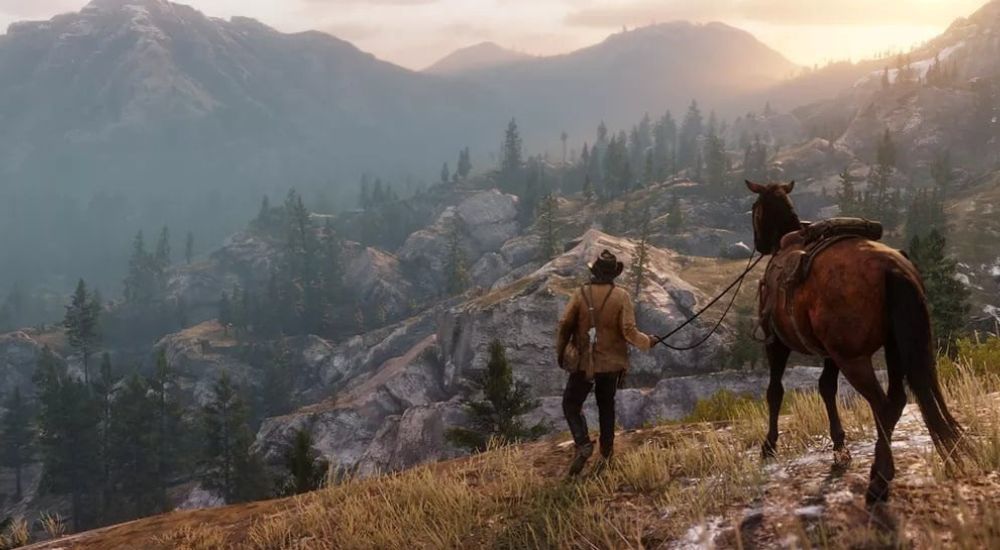
5. Fantastic realism
It’s true that some things don’t exist in our world. It doesn’t mean that we can’t represent them realistically in games, though! By making these assets follow the physics, colors and our perception of the world, it’s possible to create immersive experiences that feel realistic enough despite having fictional elements.
Being a very flexible art style, fantastic realism shines in 3D games with high fantasy, science fiction, steampunk, or alternate history setting, making them the go-to choice for bigger game studios. Furthermore, this is currently the most immersive way to create extended reality (ER) games.
Examples of 3D fantastic realism games: Warframe, Cyberpunk 2077 (current best-selling game on Steam).
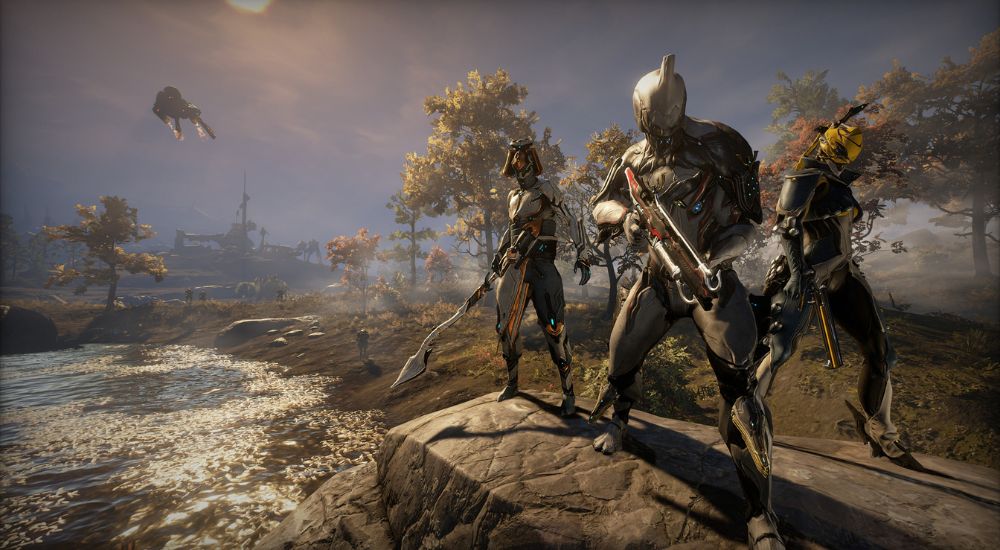
Are you ready to create your own game?
After this overview on art styles for games, have you decided which one you will use on your upcoming project?
Whether your answer is yes or no, one of the best ways to get your game up and running is to work alongside seasoned professionals.
We are Main Leaf, a professional game development studio that has been in the industry for over a decade. With our 70+ talented professionals, we create fantastic 2D and 3D games on demand that will go beyond your expectations – and all you have to do is get in contact with us.
If you are interested in working with Main Leaf, head to the top of this page and request a game quote today. We’ll get back to you within 24 hours!

